The 1970s were a time of culinary exploration, but not all of the foods enjoyed in this decade have stood the test of time. Due to health and safety concerns, many of the foods your parents might have consumed daily are now banned. This article explores 17 such foods, offering a glimpse into a different era of dining, one that prioritized taste and novelty over health warnings and regulations.
Red Dye No. 2
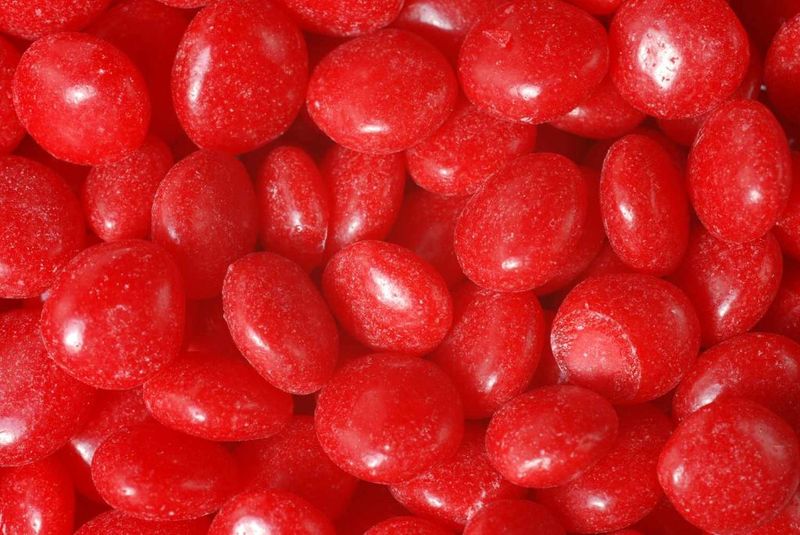
Back in the 1970s, Red Dye No. 2 was a staple in countless foods to give them that eye-catching red hue. From candies to sodas, this dye was everywhere. However, concerns about its safety arose when studies suggested it could be carcinogenic.
Consequently, it was banned in the United States by 1976. Its use in popular snacks and drinks brought both joy and a splash of color, yet the potential health risks could not be overlooked. Today, it’s a relic of a bygone culinary era, remembered for its vibrant impact on foods.
Cyclamate Sweeteners

Cyclamate sweeteners were the go-to sugar substitute in the 1970s, praised for their ability to sweeten without the calories. Frequently found in diet sodas and low-calorie foods, they were a dieter’s dream.
However, studies linked these sweeteners to cancer in laboratory animals, leading to a ban in 1970. Despite their initial popularity, the health concerns overshadowed their benefits. Today, they are a reminder of the era’s diet fads and the ongoing quest for the perfect sugar alternative.
Aminotriazole Herbicide-Treated Cranberries

During the late 1950s through early 1970s, cranberries treated with aminotriazole herbicide were popular. This herbicide was used to reduce weed growth, but concerns about its safety soon emerged.
Reports suggested that aminotriazole could cause cancer, leading to a ban. The anticipation of cranberry dishes at Thanksgiving was marred by fears of chemical contamination. This period marked a pivotal moment in food safety regulations, underscoring the balance between agricultural practices and consumer health.
Chloroform in Drinking Water

Unbeknownst to many, chloroform was commonly found in drinking water during the 1970s. Used as a solvent and disinfectant, chloroform raised health concerns when studies linked it to cancer.
Its presence in water supplies was a hidden threat, raising awareness about water safety and leading to stricter regulations. The concern over chloroform highlighted the importance of transparency and safety in public health. Today, it serves as a cautionary tale of the hidden dangers in everyday essentials.
Saccharin
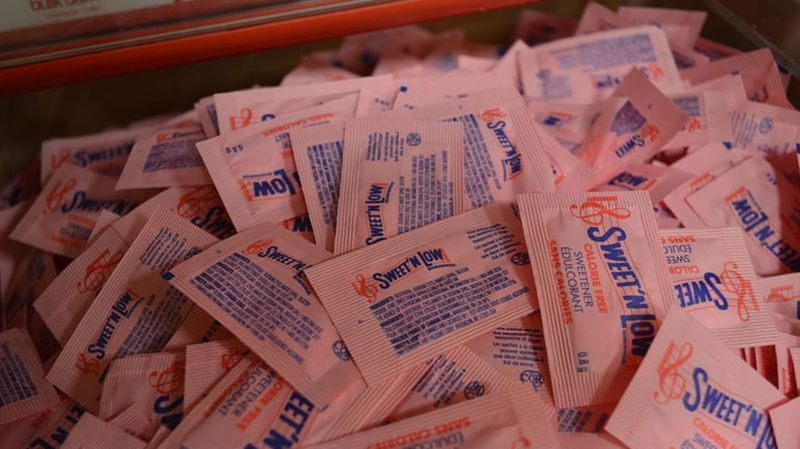
Saccharin was the artificial sweetener of choice in the 1970s, beloved for its intense sweetness. Found in diet drinks, desserts, and even toothpaste, it was a key ingredient for those seeking to reduce sugar intake.
However, studies suggested a possible link to bladder cancer in laboratory rats, prompting a warning label requirement. Though not banned outright, the controversy over saccharin’s safety led to a decline in its popularity. It remains a symbol of the era’s complex relationship with artificial additives.
Nitrites in Processed Meats

Nitrites were commonly used in processed meats during the 1970s, praised for preserving color and flavor. While they enhanced the visual appeal of foods like hot dogs and bacon, health concerns emerged over their potential to form carcinogenic compounds.
The debate led to increased scrutiny and regulations. Though not entirely banned, awareness about nitrites spurred changes in food processing and consumer preferences. The story of nitrites is one of caution, reflecting the ongoing tension between tradition and modern health standards.
BHA and BHT Preservatives
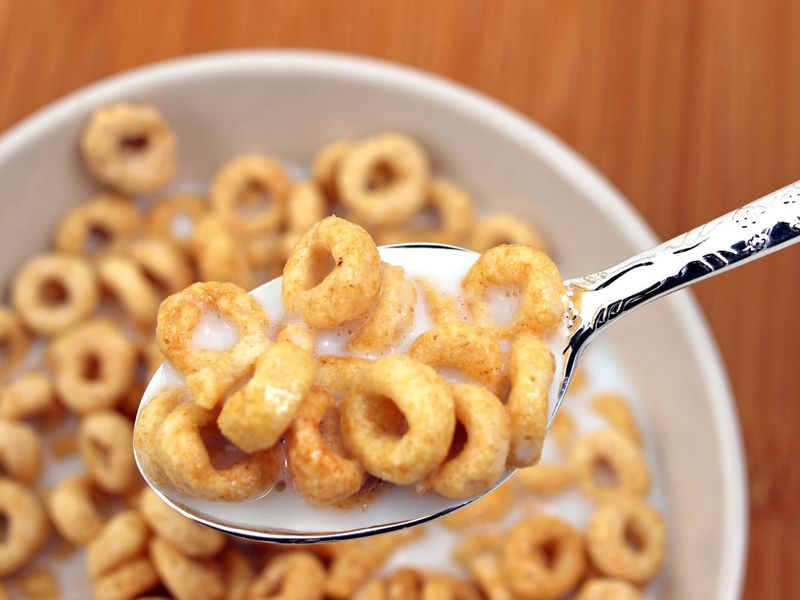
BHA and BHT were prevalent preservatives in the 1970s, found in a wide range of packaged foods. Valued for extending shelf life, they became ubiquitous in snack foods, cereals, and more.
However, debates over their safety arose, with studies indicating potential health risks, including cancer. While not banned, their presence on labels prompted consumer concern and preference for natural alternatives. BHA and BHT encapsulate a period where convenience often clashed with emerging health consciousness.
PCBs in Food Packaging
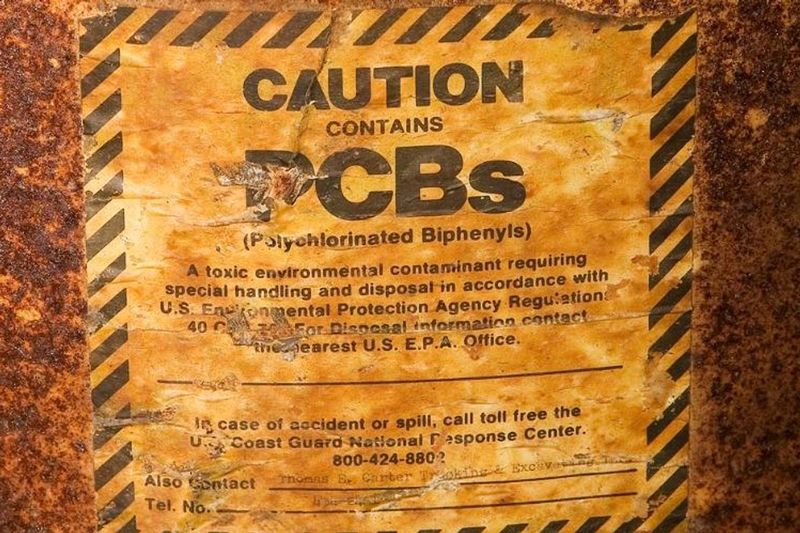
Polychlorinated biphenyls (PCBs) were commonly used in food packaging during the 1970s, appreciated for their insulating properties. However, PCBs were found to be toxic, affecting both human health and the environment.
Their use in packaging was phased out following bans due to their persistence and bioaccumulative nature. The legacy of PCBs in the food industry underscores the importance of evaluating materials for safety. Their story is a reminder of the unforeseen impacts of seemingly harmless industrial practices.
DDT-Contaminated Produce
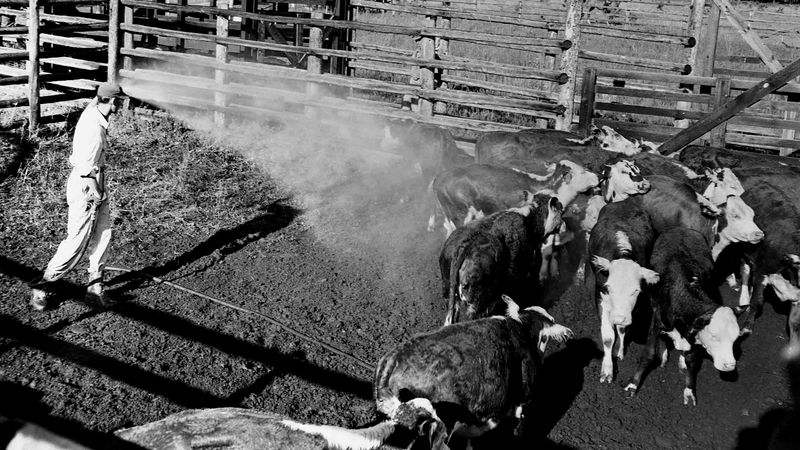
DDT was a widely used pesticide in agriculture during the 1970s, renowned for its effectiveness against pests. However, it was discovered to have detrimental environmental and health effects, including links to cancer and reproductive issues.
The presence of DDT in produce led to growing public concern and eventual bans. This marked a shift toward more stringent regulations in agricultural practices, emphasizing the need for environmentally friendly pest control. The story of DDT reflects changing attitudes toward chemical use in food production.
Lead in Canned Foods
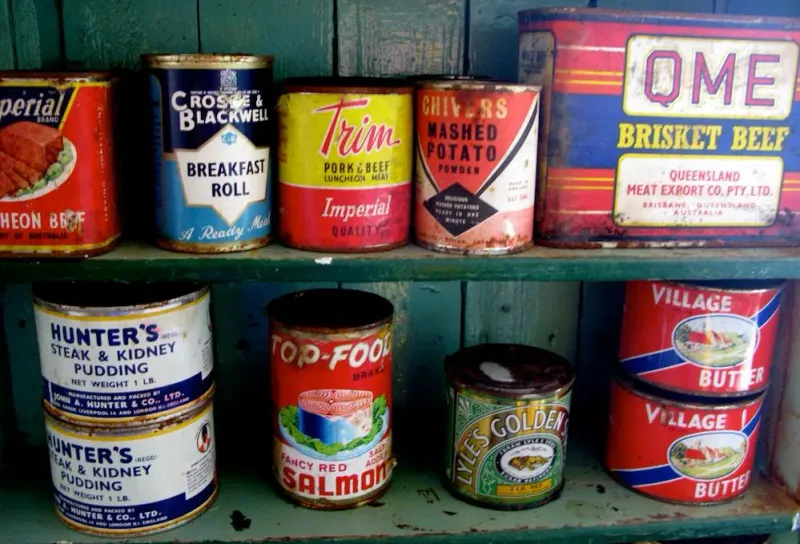
Lead contamination in canned foods was a significant issue during the 1970s. Lead solder used in can manufacturing posed serious health risks, including neurological damage.
As awareness of lead toxicity increased, regulatory measures were enacted to eliminate its use in food cans. This change marked a crucial victory in consumer safety, highlighting the importance of vigilance in food packaging. The shift away from lead-based materials is a testament to the progress in safeguarding public health.
Mercury in Fish

Mercury contamination in fish gained attention during the 1970s due to its severe health implications. As industrial pollution increased, so did mercury levels in popular fish like tuna and swordfish.
The public became more aware of the risks associated with consuming mercury-laden seafood, leading to advisories and a push for cleaner environments. Mercury’s impact on the food chain serves as a warning about the far-reaching consequences of industrial activities on diet. It remains a crucial consideration in sustainable seafood choices.
Aspartame
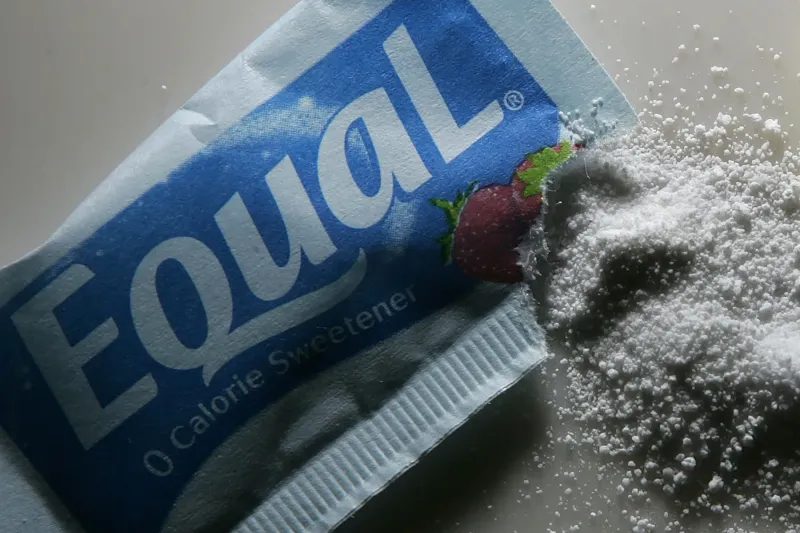
Aspartame emerged as a popular sugar substitute in the late 1970s, found in diet sodas and low-calorie snacks. Celebrated for its low-calorie sweetness, it quickly became a favorite among those looking to reduce sugar intake.
However, safety controversies surrounded aspartame, with debates over potential health effects. Although not banned, its reputation was marred by suspicions, prompting consumers to reassess their choices. Aspartame’s journey reflects the complexities of balancing sweetness with safety in food additives.
Margarine with Trans Fats

Margarine in the 1970s often contained high levels of trans fats, praised for its butter-like texture and longer shelf life. Despite its popularity, trans fats were later linked to heart disease and other health issues.
This revelation led to significant changes in production practices and consumer habits, favoring healthier alternatives. Margarine’s evolution highlights the journey from convenience to health-conscious living, showcasing the impact of research on dietary choices. The transition away from trans fats symbolizes a broader shift towards wellness in food consumption.
PBB Contaminated Livestock Feed

In the 1970s, a chemical mix-up led to livestock feed contamination with polybrominated biphenyls (PBB) in Michigan. This accidental exposure caused widespread health issues in both animals and humans.
The incident highlighted vulnerabilities in the agricultural supply chain, prompting tighter regulations and oversight. PBB contamination reveals the potential dangers of chemical mishandling and the importance of diligence in food production. This event serves as a pivotal lesson in the necessity for stringent safety protocols in agriculture.
Cocaine in Coca-Cola
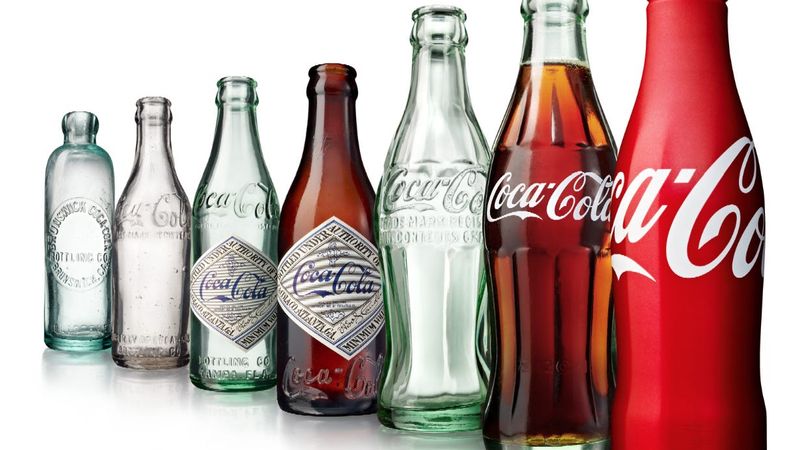
Though cocaine was removed from Coca-Cola in the early 20th century, the 1970s saw a resurgence in interest about its original formula. The drink’s historic connection to cocaine stirred curiosity and myth, despite it being long gone from the recipe.
This fascination reflects a broader cultural interest in retro products and their histories, underscoring changing perceptions of drug use in consumer goods. Coca-Cola’s past serves as a reminder of the ever-evolving standards in food safety and public health awareness.
Tallow in Fast Food Fries

Tallow, or beef fat, was a common cooking medium for fast food fries in the 1970s. Valued for its rich flavor, it contributed to the iconic taste of fries from that era. However, concerns about saturated fats and heart health led to a shift towards vegetable oils.
This change mirrored growing awareness of dietary impacts on health, prompting the fast-food industry to adapt. The move away from tallow marks a turning point in the quest for healthier fast-food options, reflecting broader trends in consumer preferences.
Acrylic Resins in Food Containers

Acrylic resins were widely used in the 1970s for food containers, praised for their durability and clarity. Yet, concerns about chemical leaching into food emerged, leading to reevaluations of food safety standards.
The debate over acrylic resins highlighted the necessity for rigorous testing of food contact materials. As a result, safer alternatives were developed, reshaping the landscape of food storage solutions. This shift underscores the importance of ongoing vigilance in materials used for daily food interactions, ensuring consumer confidence and safety.
Leave a comment